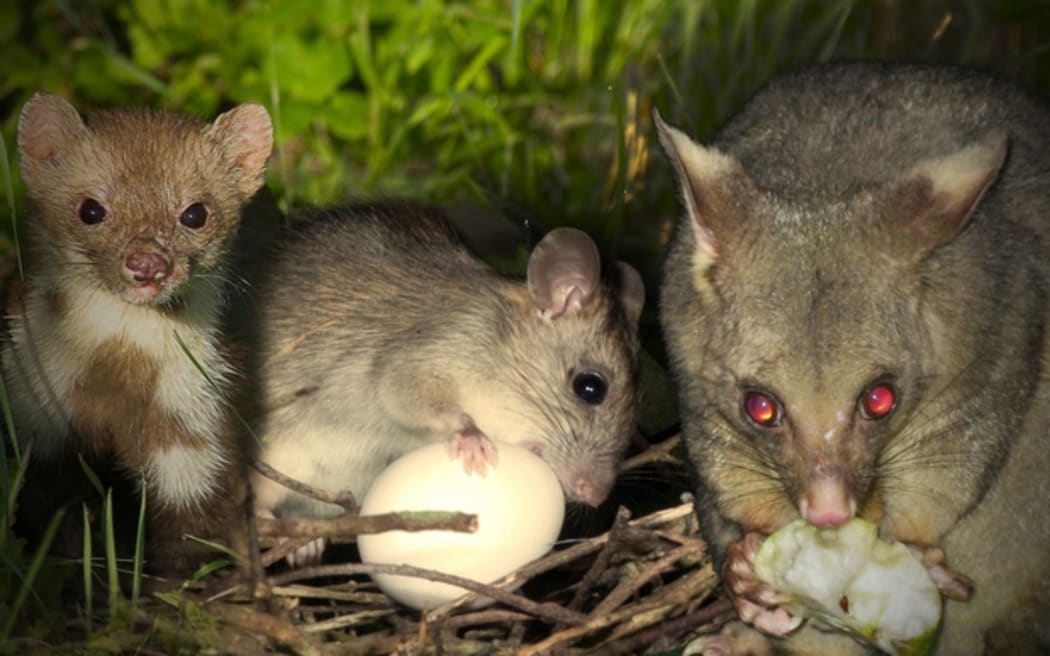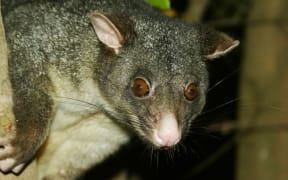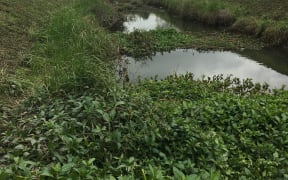
New Zealand's Predator Free 2050's target pests: a stoat, a rat and a possum. Photo: 123rf
The impact invasive species have on biodiversity is costing the world around $423 billion every year, with costs quadrupling every decade since the 1970s, a new report says.
The Assessment Report on Invasive Alien Species and their Control looks at one of the most important direct drivers of biodiversity loss.
The team of 86 experts from 49 countries released the assessment of the global impacts of some 3500 harmful invasive species, finding that economic costs now total at least $US423 billion every year, with the alien invaders playing a key role in 60 percent of recorded plant and animal extinctions.
Dr Angela McGaughran, who is a senior lecturer and principal investigator of the Invasomics Lab at the University of Waikato, said the report focused on biodiversity in the particular context of invasive species.
"It's providing some evidence around trends in invasive species over the last several decades, as well as some insights into different tools and options that we might be able to put forward in the future to better control these threats."
An invasive species was something that people had introduced to an area either intentionally or unintentionally and which was "outside of its native range", she said.
"And about 10 percent of sort of alien species go on to become what we term invasive alien species, which mean they've become harmful and have negative impacts on the environment."
About 8 percent of $420-odd billion in costs per year that is cited by the report came down to the costs of managing invasive pests in 2019, while the other 92 percent came down to losses, she said.
"So losses to agriculture, impacts on human health and those sorts of associated costs."
In a statement, co-chair of the assessment Professor Anibal Pauchard said the report showed that invasive species were most damaging on islands, with numbers of alien plants now exceeding the number of native plants on more than 25 percent of all islands.
McGaughran said New Zealand had a good biosecurity programme, but it also had a very high number of threatened species and the fact the country had a lot of invasive species was a major contributor to that.
"But our Predator Free 2050 programme is pretty much world leading in that global sense. So we're doing good but it's a gloomy outlook across the board."
The report found that 45 percent of all countries did not invest in the management of biological invasions.
McGaughran said under a 'business-as-usual model' about a 36 percent increase in invasive species was forecast by 2050.
But a business-as-usual situation was unlikely because climate change was exacerbating the problem and it was enabling species to expand their range at an unprecedented rate, she said.
Co-chair of the report Professor Helen Roy said in a statement that factors such as an accelerating global economy, intensified and expanded land-and-sea use and demographic changes meant the impacts of invasive alien species were expected to worsen.
"Even without the introduction of new alien species, already established alien species will continue to expand their ranges and spread to new countries and regions. Climate change will make the situation even worse," Roy said.
The report identifies 40 key areas where there are knowledge gaps highlighting the need for future research, she said.
"Among those are different methods that will enable us to better understand what facilitates invasion and therefore better be able to predict it because if we can predict it better we can presumably prevent it."
The report highlights that future biological invasions, invasive alien species, and their impacts, can be prevented through effective management and more integrated approaches.
Professor Pauchard said prevention was the most cost-effective option, but eradication, containment and control were also effective in specific contexts.
"The good news is that, for almost every context and situation, there are management tools, governance options and targeted actions that really work."
For example, report identified that border biosecurity and strictly enforced import controls had achieved success in Australasia in reducing the spread of the brown marmorated stink bug.





